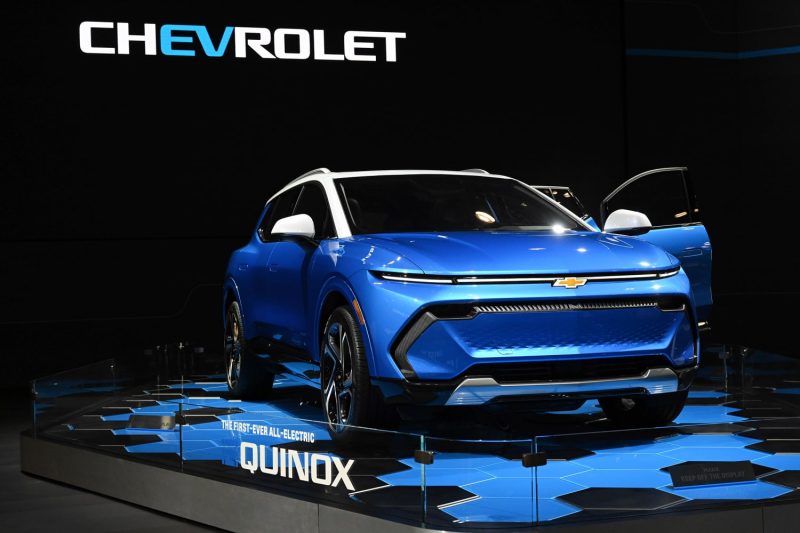General Motors has faced various challenges in its plans for electric vehicles (EVs) despite the growing demand for such vehicles. GM had previously pledged to produce 1 million electric vehicles by 2025. However, the company recently announced that it would be delaying the production of some of its EV models due to supply chain constraints and chip shortages. This decision comes at a time when GM is experiencing an increase in sales of its EVs, indicating a disconnect between production capacity and consumer demand.
One of the main reasons for the slowdown in GM’s EV plans is the global semiconductor chip shortage that has affected the automotive industry. The shortage has disrupted production schedules for many automakers, forcing them to reduce output or delay the launch of new models. GM’s decision to delay some of its EV models is a reflection of the challenges posed by the chip shortage, which has led to a bottleneck in the supply chain.
Another factor contributing to GM’s decision to slow down its EV plans is the transition from internal combustion engine vehicles to electric vehicles. This transition requires significant investment in research and development, manufacturing capabilities, and infrastructure. GM, like other automakers, is grappling with the complexities of managing this transition while also meeting the increasing demand for EVs.
Despite the challenges faced by GM in its EV plans, the company has seen a growth in sales of its electric vehicles. This indicates a positive response from consumers towards GM’s EV models, highlighting the potential for further growth in the EV market. As awareness about climate change and environmental issues increases, more consumers are turning to electric vehicles as a sustainable transportation option.
In order to overcome the challenges in its EV plans, GM will need to address the supply chain constraints, invest in expanding its manufacturing capabilities for EVs, and accelerate its transition towards electric vehicles. By streamlining its production processes and optimizing its supply chain, GM can better meet the increasing demand for EVs and achieve its goal of producing 1 million electric vehicles by 2025.
Overall, GM’s decision to slow down its EV plans reflects the complexities and challenges of transitioning towards electric vehicles in the face of supply chain constraints and chip shortages. However, the growing demand for EVs and the positive response from consumers indicate a promising future for GM in the electric vehicle market. By addressing the current challenges and staying committed to its EV goals, GM can position itself as a leader in the rapidly evolving electric vehicle industry.
